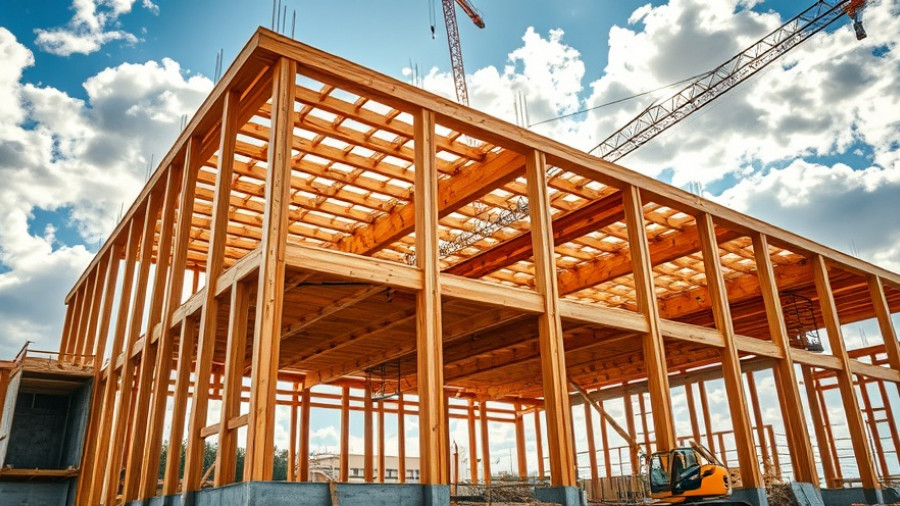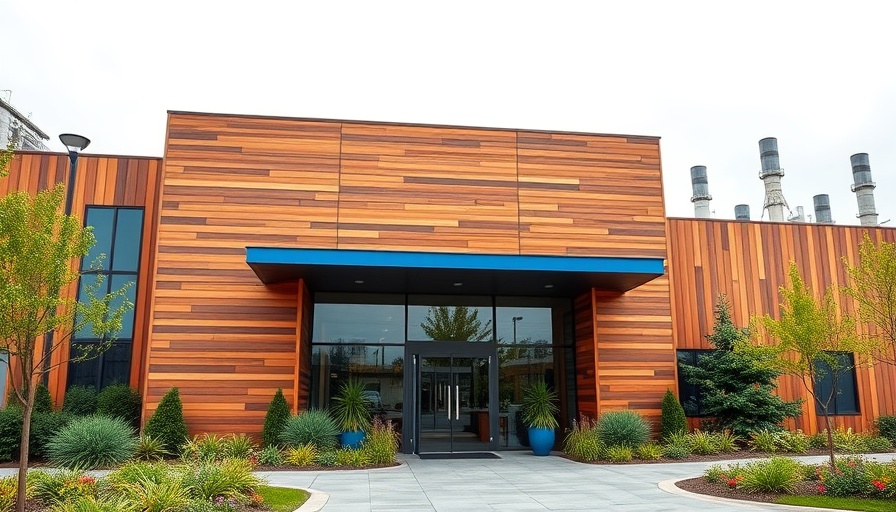
Construction Safety Week: A Collective Responsibility
As the Construction Safety Week 2025 kicks off, with the theme "All in Together," it emphasizes the need for collective vigilance regarding worker safety. This year, the initiative is specifically spotlighting fall prevention, addressing a leading cause of workplace injuries within the sector. With strong partnerships forged with OSHA, the campaign encourages contractors across the U.S. and Canada to take a step back, evaluate risk factors, and recommit to the health and safety of their teams.
The Importance of Safety Stand-Downs
The National Safety Stand-Down, slated for May 7, serves as a pivotal moment for organizations to halt operations and engage their workforce in vital safety discussions. By collectively pausing work, companies can promote an environment where safety takes precedence, mitigating risks associated with falls and other hazards. Mike Choutka, Hensel Phelps CEO and 2025 Safety Week Chair, articulated this notion well - safety on worksites cannot merely be an individual pursuit; it is a community endeavor.
Practical Insights for Implementing Safety Training
Free resources made available through the Construction Safety Week website offer actionable insights for businesses aiming to craft meaningful events. From promotional materials to translated content in Spanish and French, companies can implement training that resonates on a personal level with their workforce. Facility managers and property developers can utilize these materials not just for compliance, but to foster a culture of safety that permeates their organizational hierarchy.
User Engagement: Encouraging Year-Round Safety Culture
While the Construction Safety Week provides an amplified focus on safety, it is crucial that the core principles extend beyond this designated week. Engaging employees through continuous training and open dialogue fosters long-term safety habits and not just temporary compliance. Business owners are encouraged to formulate safety policies that innovate and adapt to changing work environments while integrating lessons learned during this safety observance.
The Economic Argument for Safety Investments
Investing in workplace safety isn't just about compliance; it's about translating these efforts into tangible business benefits. Facilities and contractors who prioritize safety see a marked reduction in incidents, promoting not only employee morale but also directly impacting the bottom line. Effective safety programs can lead to lower insurance costs, fewer work stoppages, and enhanced job satisfaction, thereby contributing to an organization's overall financial health.
Final Reflection: What’s At Stake?
For all stakeholders in commercial construction, the stakes are high. A singular incident can lead to a cascade of financial and reputational damage. However, through initiatives like Construction Safety Week, business owners, property developers, and facility managers are invited to reflect on their safety protocols and implement industry-leading standards that ensure positive outcomes for their teams. As this year's campaign reiterates the importance of collective responsibility, it invites an echoing call for continuous improvement in workplace safety.
 Add Row
Add Row  Add
Add 




Write A Comment